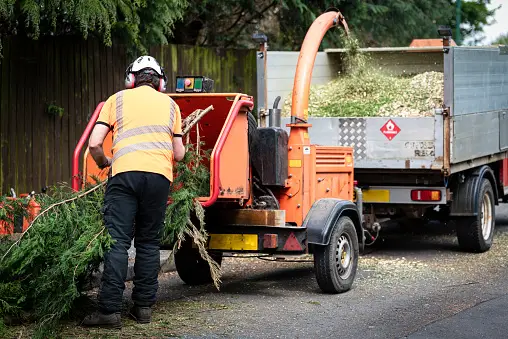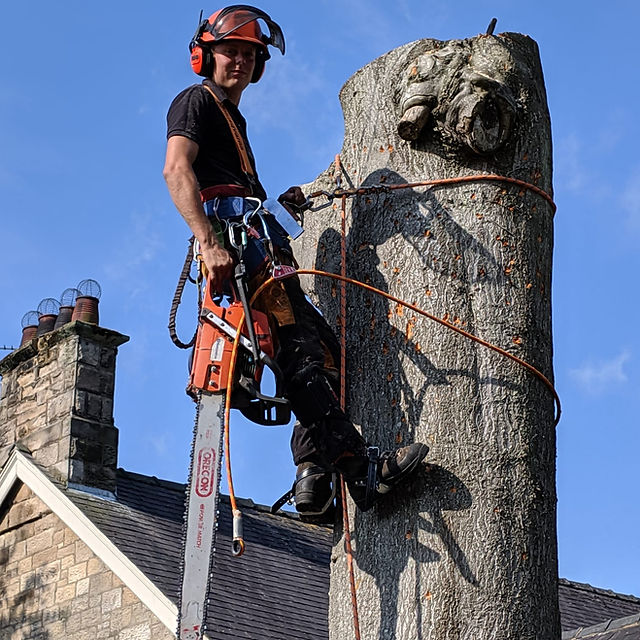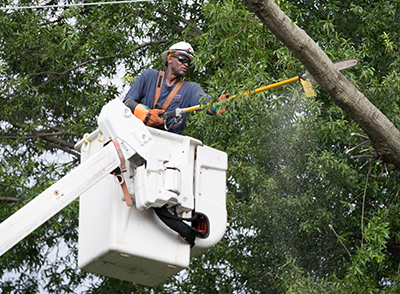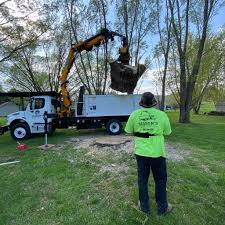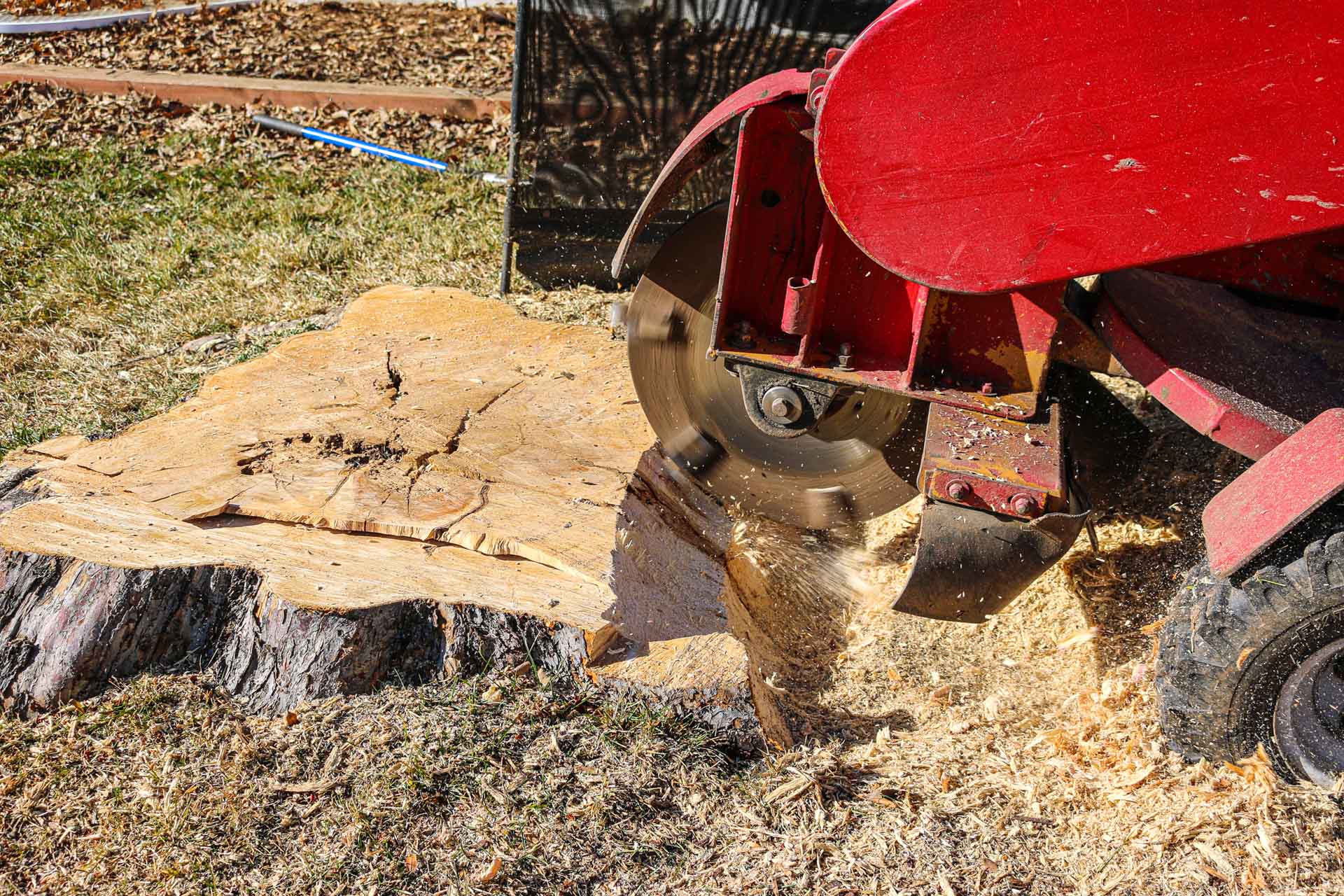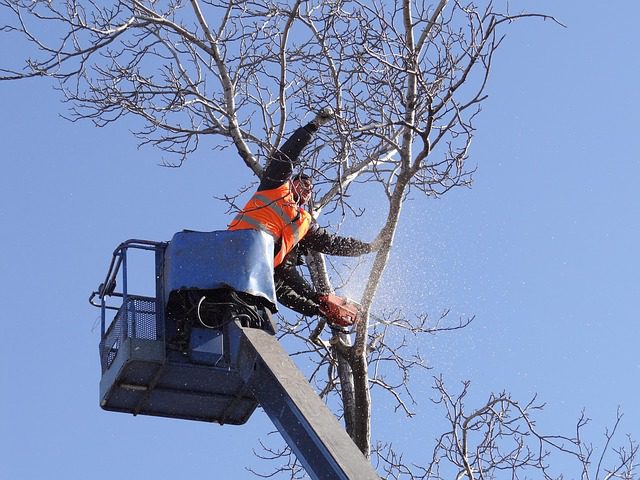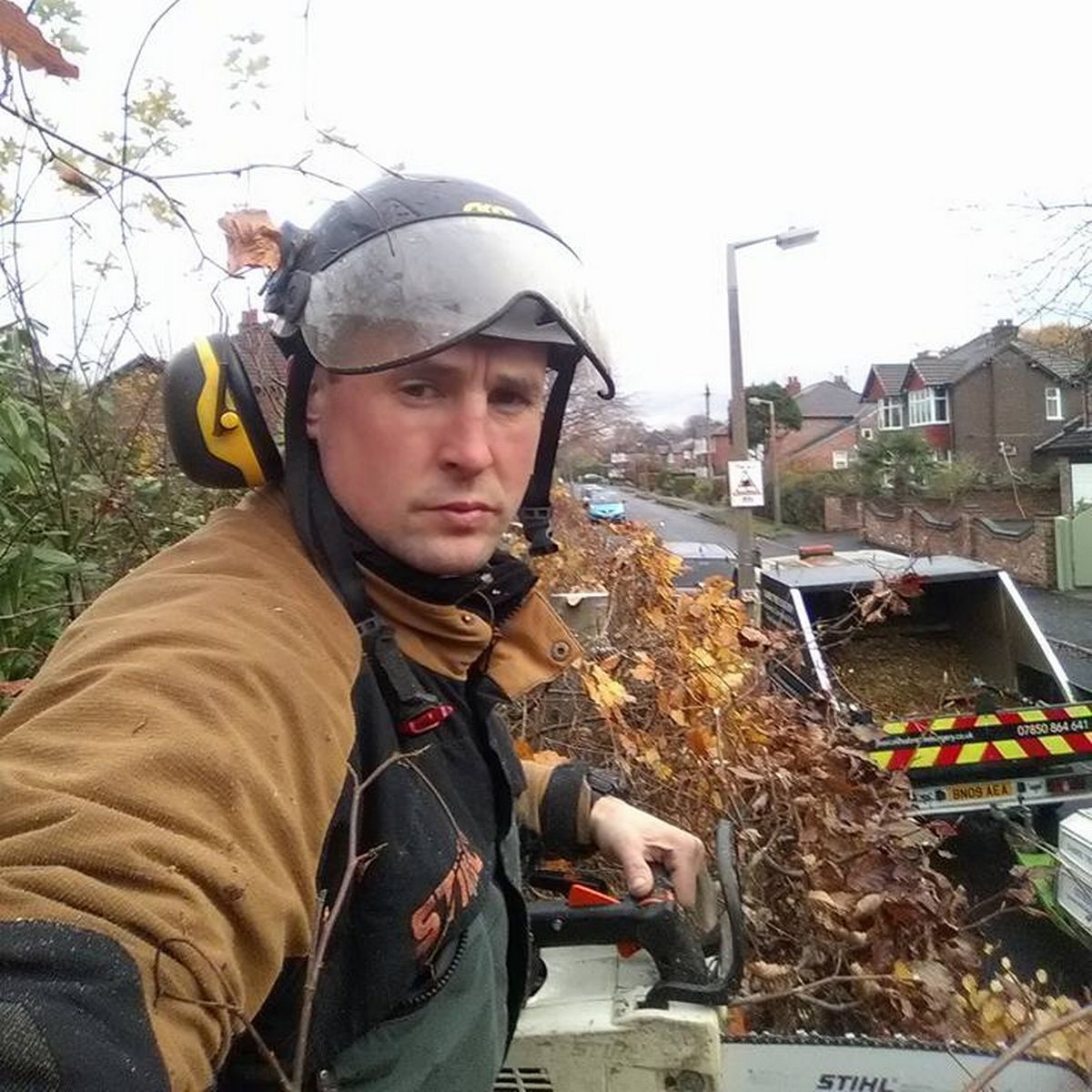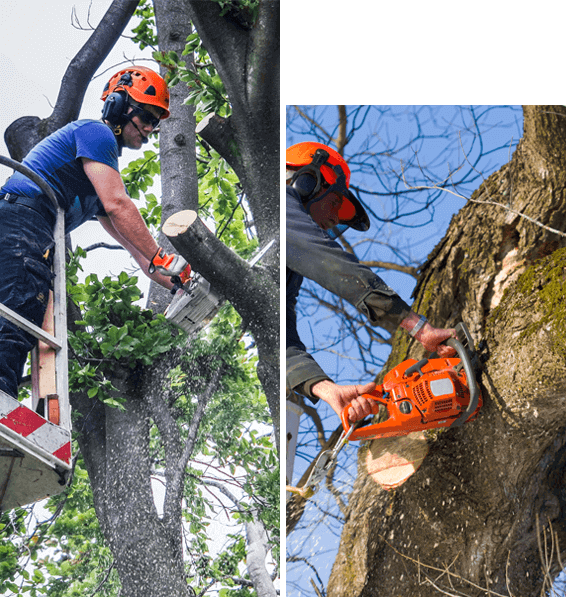Trees are not just an aesthetically pleasing addition to your property; they are also valuable assets that contribute to the overall health of the environment. Investing in tree maintenance is a wise decision that brings numerous benefits to your property and the surrounding ecosystem. In this article, we will explore the top five reasons why you should consider investing in tree maintenance for your property.
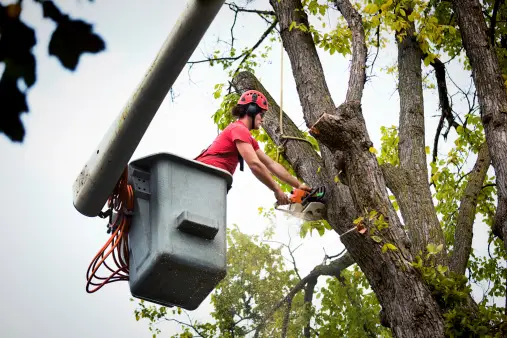
Enhancing Property Value
One of the most compelling reasons to invest in tree maintenance is the positive impact it has on your property’s value. Mature, well-maintained trees add significant curb appeal and can increase the overall value of your property. Potential buyers or tenants often find a property with a well-manicured landscape more attractive, and trees play a crucial role in creating an inviting environment.
Proper tree care not only ensures the health and vitality of the trees but also contributes to the overall aesthetics of your property. Regular pruning, trimming, and disease prevention measures keep trees in optimal condition, showcasing a well-maintained and cared-for landscape. As a result, your property becomes more appealing, making it more likely to stand out in the real estate market.
Environmental Benefits
Trees are essential contributors to environmental health, providing a wide range of benefits that extend beyond your property lines. Investing in tree maintenance demonstrates your commitment to environmental stewardship and helps preserve the ecosystem.
Well-maintained trees absorb carbon dioxide, release oxygen, and improve air quality. They also play a crucial role in water management by reducing runoff and preventing soil erosion. Additionally, trees provide habitat for various wildlife, contributing to biodiversity in your local ecosystem.
By investing in tree maintenance, you actively participate in environmental conservation, making a positive impact on the planet. Supporting the health of your trees ensures they can continue to fulfill their ecological roles, contributing to a healthier and more sustainable environment.
Safety and Liability Reduction
Neglected trees pose potential hazards to your property and its occupants. Dead or weakened branches, overgrown limbs, and diseased trees can become safety hazards, especially during storms or adverse weather conditions. Investing in tree maintenance helps mitigate these risks and reduces the likelihood of property damage or personal injury.
Regular inspections and pruning can identify and address potential issues before they escalate. By proactively managing your trees, you enhance the overall safety of your property. This not only protects your family, visitors, and neighbors but also minimizes the risk of legal liabilities associated with tree-related accidents.
Professional arborists can assess the health of your trees, identify potential risks, and recommend appropriate measures to mitigate those risks. This proactive approach to tree maintenance ensures a safer environment and reduces the chances of unexpected and costly incidents.
Long-Term Cost Savings
While some may view tree maintenance as an expense, it is essential to recognize it as a long-term investment that can result in significant cost savings. Regular tree care helps prevent and address issues before they become severe, avoiding the need for costly emergency interventions or tree removal.
Well-maintained trees are less susceptible to diseases and pests, reducing the likelihood of widespread infestations that could require extensive treatments or removal. Additionally, proper pruning and trimming promote the structural integrity of trees, preventing damage to property and infrastructure during storms.
By investing in routine tree maintenance, you not only protect the value of your property but also save money in the long run by avoiding the expenses associated with neglected tree care.
Emotional and Psychological Benefits
Beyond the tangible benefits of property value and environmental impact, trees contribute to the well-being of property occupants on a more personal level. Well-maintained trees create a serene and visually pleasing environment, fostering a sense of peace and tranquility.
Studies have shown that exposure to nature, including trees and green spaces, has positive effects on mental health. Trees provide shade, reducing stress-inducing heat, and their presence can create a calming atmosphere. Investing in tree maintenance, therefore, contributes to the overall quality of life for those living on the property.
In conclusion, investing in tree maintenance for your property is a multifaceted decision that brings a myriad of benefits. From enhancing property value and contributing to environmental health to ensuring safety, reducing long-term costs, and promoting emotional well-being, the advantages of tree care are extensive. By recognizing the value of trees and committing to their proper maintenance, you not only contribute to the immediate appeal of your property but also play a role in the long-term sustainability of the environment.
